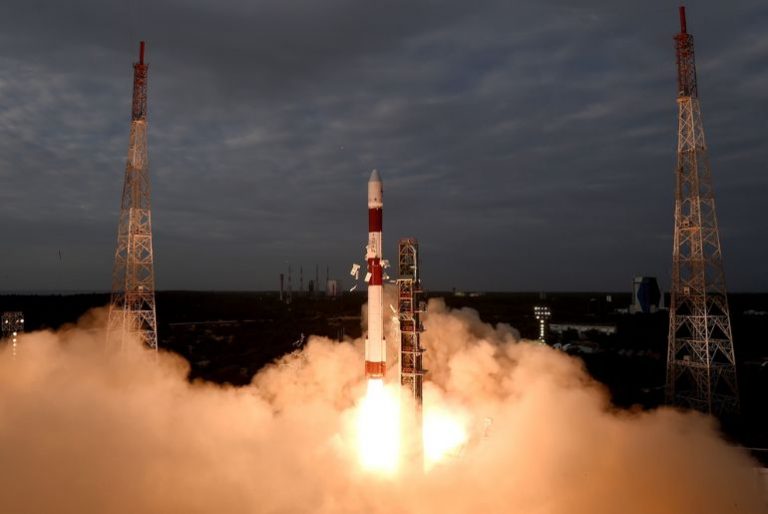After the historic Chandrayaan-3 moon landing, the Indian Space Research Organization (ISRO) is now gearing up for another important mission. India will explore and study the Sun, a celestial planet that has fascinated scientists and space enthusiasts for decades and the Aditya-L1 mission will begin on September 2. Here is all about upcoming ISRO projects.
ISRO Upcoming Projects: The Launch Of Aditya-L1!
Nilesh M. Desai, director of ISRO’s Ahmedabad Space Applications Centre, confirmed that the Aditya-L1 spacecraft is fully prepared for its mission. It will be launched by ISRO PSLV rocket from Satish Dhawan SHAR Space Center (SDSC SHAR) in Sriharikota.
The Aditya-L1 spacecraft will take off and travel for 127 days to its destination. It is about 1.5 million kilometers from Earth. Aditya-L1 will be in a very high orbit due to its strategic placement, giving it the ability to closely observe solar activity, track solar phenomena, and greatly advance our understanding of the crucial star that supports life on Earth.
India’s First Polarimetry Mission Satellite
India’s first dedicated polarimetry mission, XPoSat (X-ray Polarimeter Satellite), aims to study the behavior of strong X-ray sources of space under adverse conditions. The spacecraft will carry two probes into low orbit. Understanding the transmission patterns from different cosmic sources is difficult because they originate from complex physical processes.
A Collaborative Project Of NASA And ISRO
In collaboration with the Indian Space Research Organization (ISRO), NASA is building a powerful Earth observation satellite. Bangalore is where the satellites are assembled; It is likely to start early next year. Understanding of climate change, deforestation, melting glaciers, volcanoes and earthquakes will be improved. The satellite will help scientists understand, among other things, the dynamics of forests, wetlands and agricultural fields, while NISAR monitors almost all areas of our world at least once every 12 days.
ISRO operates India’s first space shuttle. According to ISRO, the Gaganyaan mission aims to launch a three-person crew to demonstrate the possibility of human flight. The spacecraft will remain in a 400 km orbit for a three-day mission and bring them back to Earth safely, landing in the waters of the Indian Ocean.



